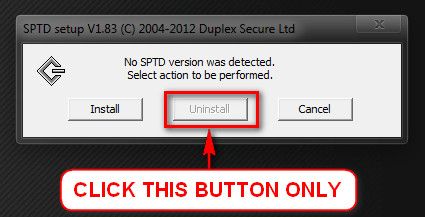New
#1
Several BSODs following power outage. Varying BCCodes and frequency.
I recently built a pc and hadn't had time to buy a battery backup when the power went out unexpectedly while I was on it. The computer seems to be acting the same way it did when I had to force a shut down a month or so ago. At that time it was the hard drive causing all my BSOD woes. I ran a dsk check and several sfc /scannow passes to resolve the past issues.
This time, however, sfc /scannow can't get past 14% without giving me an error saying that it found errors but could not fix them. The verifyonly version of sfc can get past 14%, but it still hits a point where I get a "Windows Resource Protection can't complete that action". In addition to my hard drive repair tools not working, I get several BSODs that I recognize from my previous trouble with my hdd. Error codes 19, 24, etc. I have also gotten a BCCode a, 1a, and I believe a 3e. I ran a full chkdsk on boot and tried to recover damaged sectors, which took several hours to complete. It seemed to help, but after a day or two the crashes returned, less frequently. I will attach the minidump files and CBS logs to see if anyone with more experience can help me.
As far as symptoms go, the computer is very unstable when it first boots. Usually trying to open Chrome or anything before letting it sit for about 3-4 minutes causes a BSOD. The only extensions I have in Chrome crash from time to time, with crashes always seeming to cluster around each other. Eventually I get the "Aw snap" message and Chrome crashes completely. I have scanned my system with Avast! antivirus several times with no threats popping up. I can go through periods of relative stability where I am able to game and use Skype and other programs normally, but every 1-2 days I hit instability and BSODs.
Here are two of the most recent minidump files:
https://skydrive.live.com/redir?resi...BEdIUnGLcOpM28
https://skydrive.live.com/redir?resi...MZJDbcuAmZYUTM
And here are the CBS logs from the SFC failures:
https://skydrive.live.com/redir?resi...C6519550A2!111
Here is the SF zip folder requested by the BSOD Posting Instructions page. Sorry I didn't have this up from the start.
Attachment 257559
Last edited by RaptorBuddha; 01 Mar 2013 at 15:14. Reason: Adding the SF zip folder.


 Quote
Quote